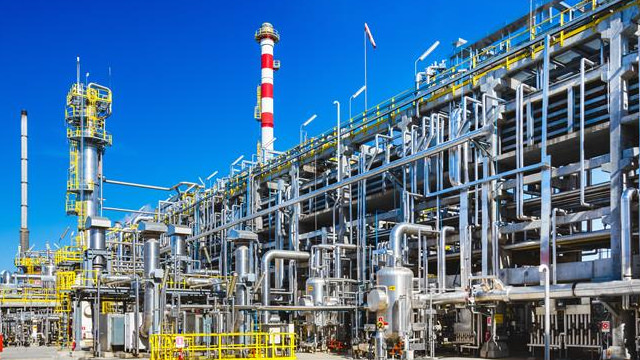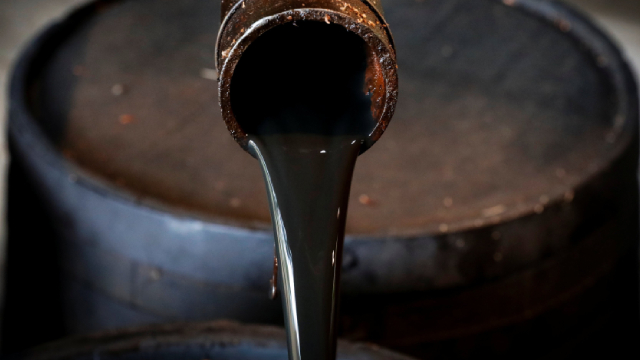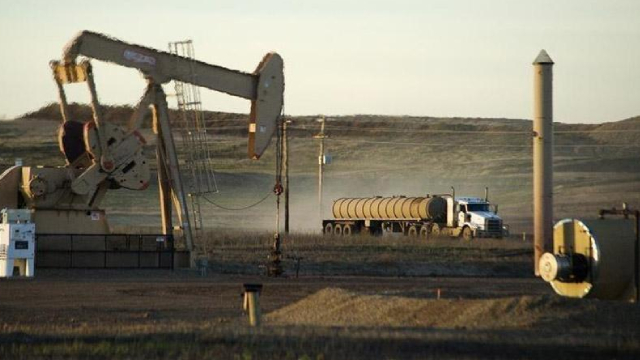OXY Stock Recent News
OXY LATEST HEADLINES
Warren Buffett is stepping down as CEO of Berkshire Hathaway by the end of 2025. For decades, investors have followed Buffett's portfolio to try and mimic his best investing ideas.
Two of the most powerful forces in investing are time and price.
Occidental Petroleum (OXY) closed the most recent trading day at $46.31, moving +1% from the previous trading session.
OXY's strategic acquisitions and high-margin Permian assets fuel long-term growth.
Zacks.com users have recently been watching Occidental (OXY) quite a bit. Thus, it is worth knowing the facts that could determine the stock's prospects.
The latest trading day saw Occidental Petroleum (OXY) settling at $43.35, representing a -1.03% change from its previous close.
Key Points A Reddit user shared how he invested his $1.8 million inheritance, listing the mix of different assets he had selected. Most other posters felt he had a solid mix of different assets, including some ETFs and some shares of individual companies. A small minority thought the original poster was taking on too much risk. Are you ahead, or behind on retirement? SmartAsset’s free tool can match you with a financial advisor in minutes to help you answer that today. Each advisor has been carefully vetted, and must act in your best interests. Don’t waste another minute; get started by clicking here.(Sponsor) A Reddit user recently shared the 16 investments that he had made with his $1.8 million inheritance. The investments included a vast array of different companies spread across multiple industries, from Marvell Technology Inc. to Microsoft to Amazon to Advanced Micro Devices. The original poster (OP) wanted comments from fellow Redditors, and many were supportive of the choice
OXY's low-cost Permian assets and rising free cash flow support its drive to increase sustainable dividends.
Softer crude prices, slowing production growth and mounting renewable demand are making the prospects for the Zacks Oil & Gas US Integrated industry gloomy. ConocoPhillips (COP), Occidental (OXY), National Fuel (NFG) and Epsilon (EPSN) are well placed to survive the challenges.
HOUSTON, July 01, 2025 (GLOBE NEWSWIRE) -- Occidental (NYSE: OXY) will announce its second quarter 2025 financial results after close of market on Wednesday, August 6, 2025, and will hold a conference call to discuss the results on Thursday, August 7, 2025, at 1 p.m. Eastern/12 p.m. Central.







